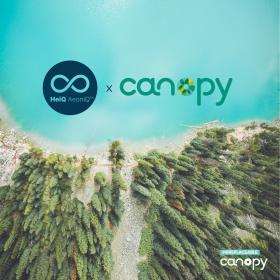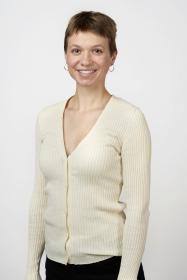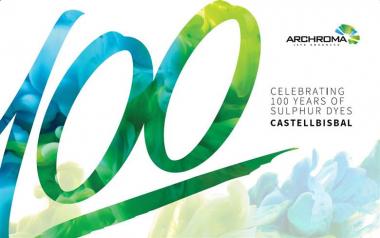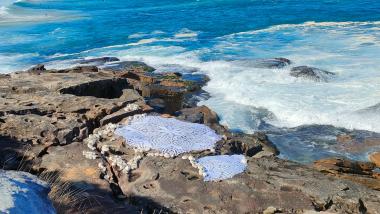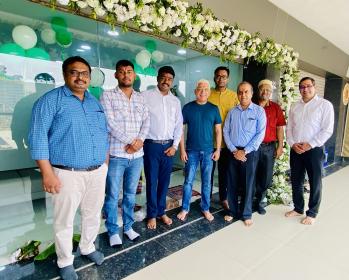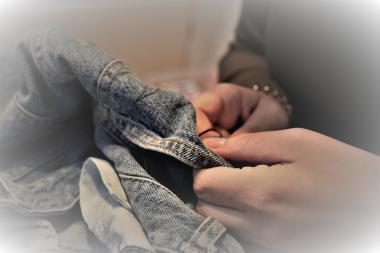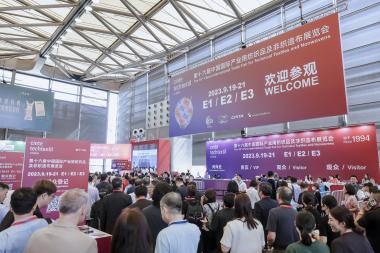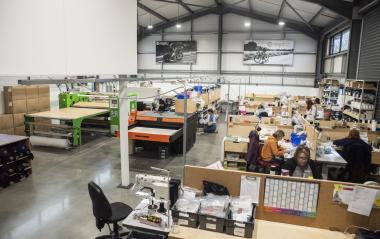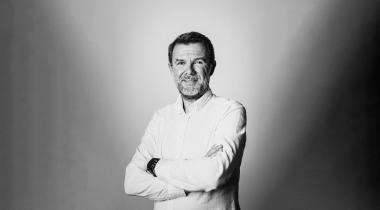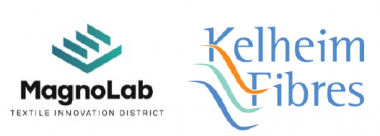End of PREMIUM Berlin - SEEK continues
PREMIUM Berlin will not take place in January 2024. The critical developments in the industry, and the changed global economic situation are presenting big trade fair formats with a new dimension of challenges.
PREMIUM, which started as an underdog in 2003 and established an entire segment in the industry, has developed into an icon. The original concepts and approaches have shaped the fashion world. However, as is so often the case in the fast-moving fashion industry, even outstanding success stories come to an end. The management team led by Anita Tillmann and Jörg Arntz recognised this change and paved the way for SEEK, which was launched in 2009.
The entire industry has changed significantly in recent years and is still undergoing a transformation. It has become clear that large trade fairs are no longer in keeping with the times. Instead, boutique trade fairs and specialised events are trending. Events like SEEK enable a closer connection between exhibitors, visitors and the community, which is of great economic and social importance in today's world.
SEEK, which has focussed on its core segment in recent years and serves the streetwear segment, will continue its mission with its loyal network. The platform has not only established itself for forward-thinking brands, but is also the proud organiser of the "Conscious Club", the largest hub on the topic of sustainability in the industry. Here, visitors and exhibitors will not only find the most important trends and ideas in the field of sustainability, but also the most exciting new collections from the pioneers who are responsible for the positive changes.
With a clear focus on product quality, community building and strong values such as honesty, creativity, and resilience, SEEK is able to meet the needs of its target audience. So far, the feedback from the committed brands has been consistently positive. The SEEK team is pleased to be able to continue to rely on this commitment and build on it. Around 200 brands are expected again in January.
Berlin will continue to be a place where new trends are set, creative collaborations are formed, and business is done.
Although the decision to close PREMIUM is the end of an era, it does not mean the end for the fashion world, but rather opens new doors and enables new opportunities. SEEK is ready to shape this change with like-minded partners and continue to make a significant contribution to the development of the industry.
Premium Exhibitions GmbH





